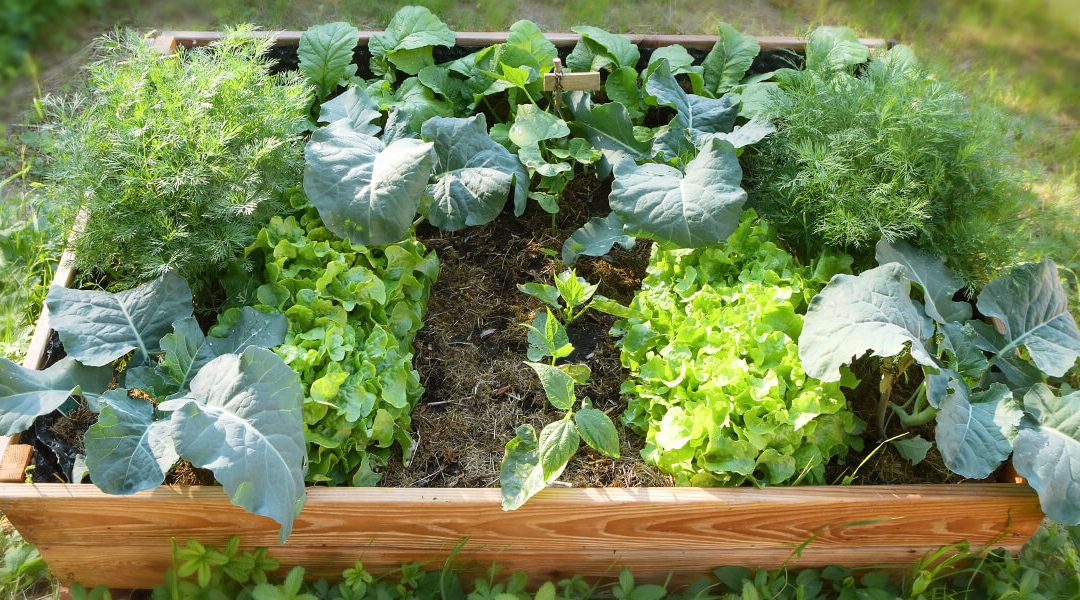The taste of one homegrown vegetable is often enough to convince anyone to garden. But if you’ve never sunk your hands in soil, it can be daunting to know where to begin. Fortunately, vegetable gardening is easier than it might seem for beginners, and the rewards go way beyond a few tasty vegetables!
Vegetable Gardening from Scratch
If you need to make more growing space on your property, check out our blog on starting a garden from scratch. Building a raised bed or converting a lawn to a garden is easier than you think. But, if you’re not quite ready to start digging into your lawn just yet, you can utilize existing garden space or fill a sunny patio space with planters.
Bed Prepping for Beginners
The next step is to get your soil ready for planting. To save you effort down the road, remove all the weeds from your beds, especially any grassroots. If your soil looks grey and worn out, or even if it looks healthy, it always helps to add a few inches of compost or aged manure. Mix it into the soil with a garden fork, breaking up any clods as you go, and smooth the surface with a rake as a finishing touch.
The best way to learn how to garden is always by just trying and being willing to experiment.
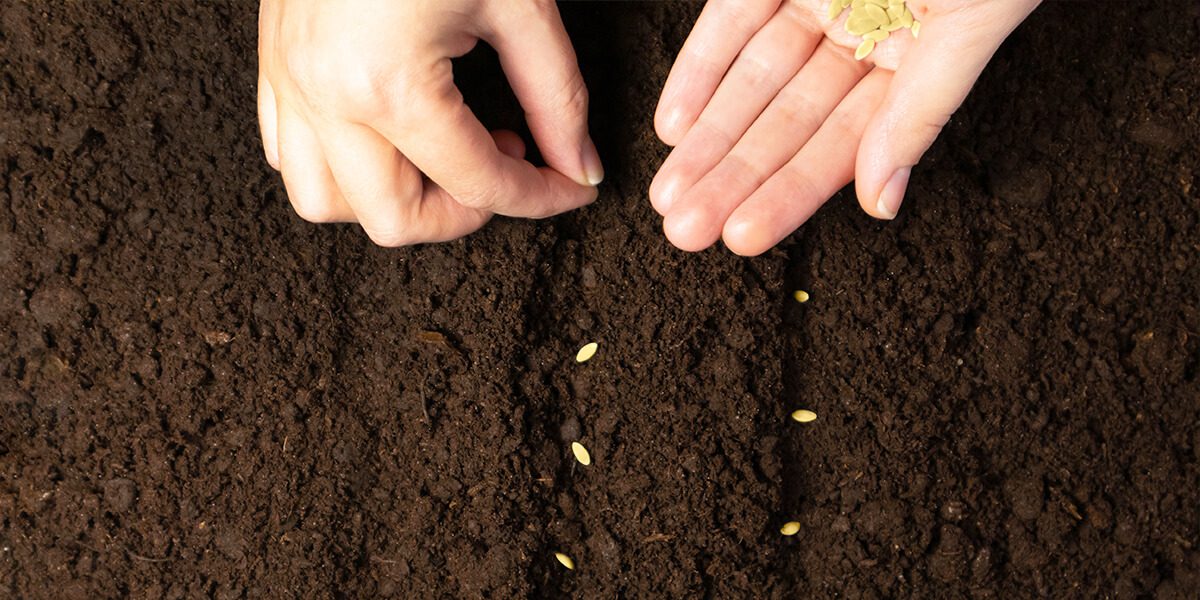
How to Sow Vegetables
Once the soil is prepped—you’re ready to plant! The seed package tells you all the details on spacing and depth. As a general rule of thumb, the best depth is usually twice as deep as the seed is wide. It’s easiest to plant in rows with just enough paths so that every vegetable is within arm’s reach. Don’t be afraid to plant veggies too close together, as you can always thin them as they grow.
Easy Vegetables for Beginner Gardeners
If you’re wondering what to plant, try these classics which are great starter plants for the beginner gardener:
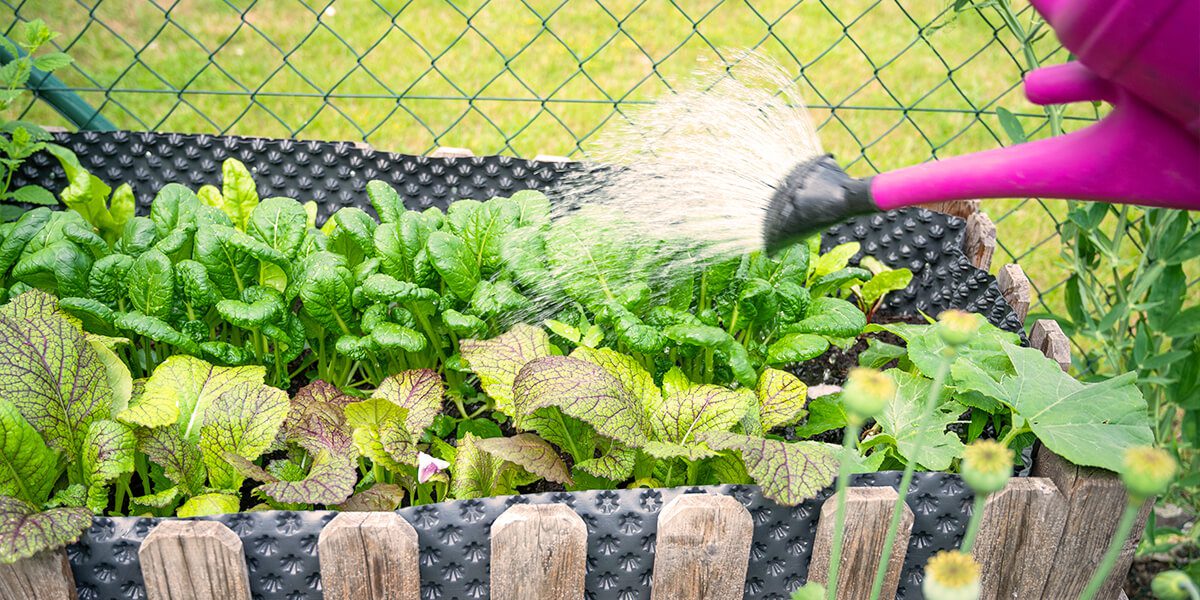
Salad Greens: even if you don’t buy lettuce from the grocery store, you’ll be blown away by the flavor of homegrown greens. You can plant them close together and thin them for an early harvest. As they grow, you can harvest the outside leaves continually or cut the whole plant once they mature (at 45-60 days) and wait for a second growth. Usually, seeds come in a mix with several lettuce varieties.
Arugula: also called rocket, this peppery green sprouts from the ground in a hurry and matures in 45-55 days. It’s so vigorous that it will grow even despite your mistakes, if you make any. The leaves turn extra spicy once they start to flower, at which point you can harvest the whole lot and replant.
Zucchini: the queen of summer squash, zucchini is sure to give you an abundant harvest that you can show off to your friends. As they’re frost-sensitive, wait to plant them until the risk of frost passes, typically May 15 in Chicagoland or April 30 in the city. Each plant needs about two feet of growing space, and remember to harvest the zucchinis before they grow too big—when they’re five to seven inches is ideal.
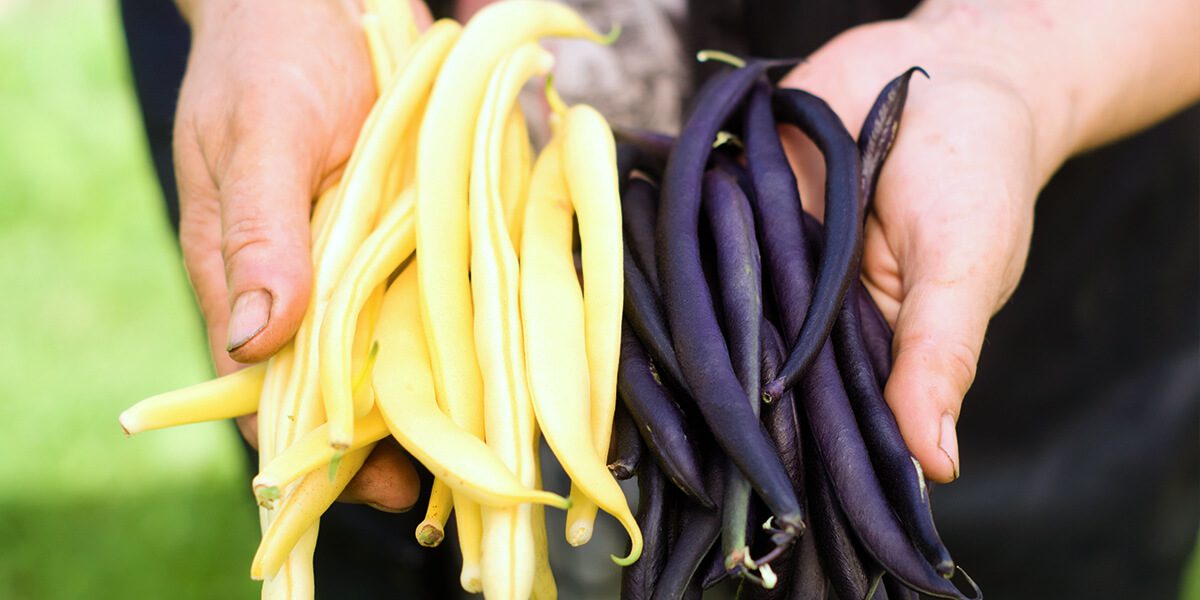
Beans: fresh green, yellow, and even purple beans are a gardener’s delight. Pole varieties need a trellis or pole to climb, which can help you save garden space by growing vertically. Bush beans fill out into a rounded shape. Beans should be harvested once they’re firm and can snap. The more you pick, the more will grow.
Tomatoes: many gardening beginners want to grow tomatoes in their first season. If you’ve ever tasted a tomato fresh from the vine, you’ll know why. But garden tomatoes are a whole world of their own, with some needing more advanced care than others. As a beginner, try starting with cherry tomatoes, which ripen quicker and require less maintenance.
“Determinate” varieties grow into a free-standing bush, while “indeterminate” varieties need a pole or cage for support. All tomatoes need moist soil, lots of sunshine, heat, and one or two snacks of extra compost or fertilizer during the season.
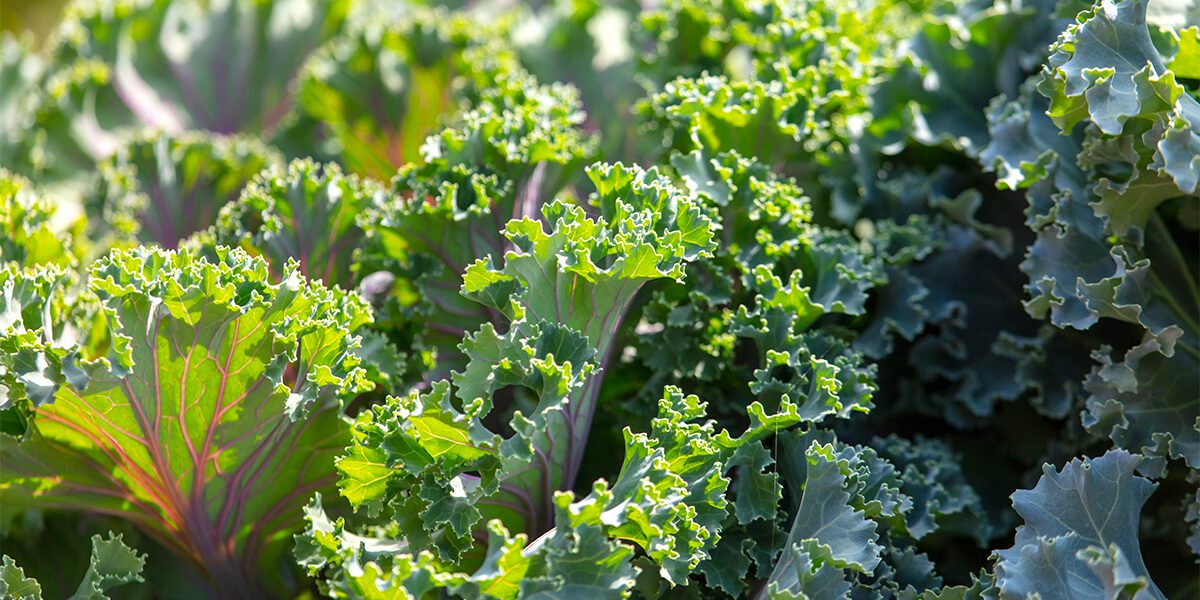
Kale: here’s another powerful green that’s simple for beginner gardeners. You can keep harvesting the baby leaves to keep the plants young and tender or let the kale grow into full-sized plants. These nutritious greens grow right into the fall and even sweeten with frost.
Potatoes: most people grow potato plants from “seed potatoes,” which are grown especially for planting. Cut the seed potato into pieces that have two eyes on them each. One eye sprouts up through the soil for the leaves, and the other goes down for the roots. During the growing season, mound the plant with soil to encourage more potatoes to form.
Carrots: few things are as satisfying as digging up a fresh carrot, washing off the dirt, and munching on the sweet root with the leaves still on it. FYI beginner gardeners: it’s especially important to keep carrot seeds wet as they’re germinating. Once the leaves reach four inches tall, thin the weakest ones out to give room for the strongest carrots to develop.
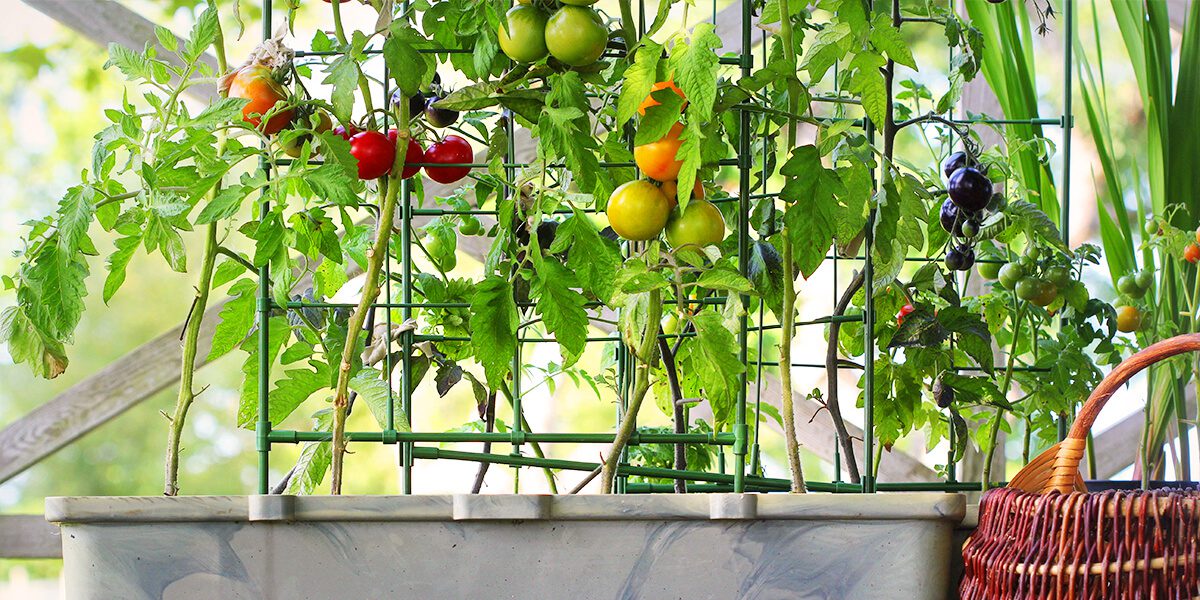
Besides these easy veggies, beginner gardeners can also try their hand at beets, snap peas, radish, spinach, turnips, cucumbers, peppers, onions, cabbage, and squash—among others. The best way to learn how to garden is always by just trying and being willing to experiment, but here a few more gardening tips for success!
- Plant successively throughout the season: as you harvest greens and root veggies throughout the season, you can keep planting more seeds to give yourself a second or third harvest.
- Rotate your crops: avoid planting crops in the same places year after year. Instead, give them access to fresh nutrients by planting them in a new spot.
- Companion planting: mix some flowers and herbs into your vegetable garden. They’ll attract beneficial insects like pollinators, and ladybugs, who control lots of pests. Plus, flowers will make the garden that much more beautiful.
It’s hard to find a reason not to grow a vegetable garden. Not only are they the tastiest food you’ll ever eat, but home-grown garden vegetables are also the healthiest, the freshest, and the cheapest. Plus, they’ll reduce the carbon footprint of your food to almost nothing.
For more beginner tips on vegetable gardening, visit our garden centers in Bloomingdale and Carpentersville!
Platt Hill Nursery is Chicago’s premier garden center and nursery.

